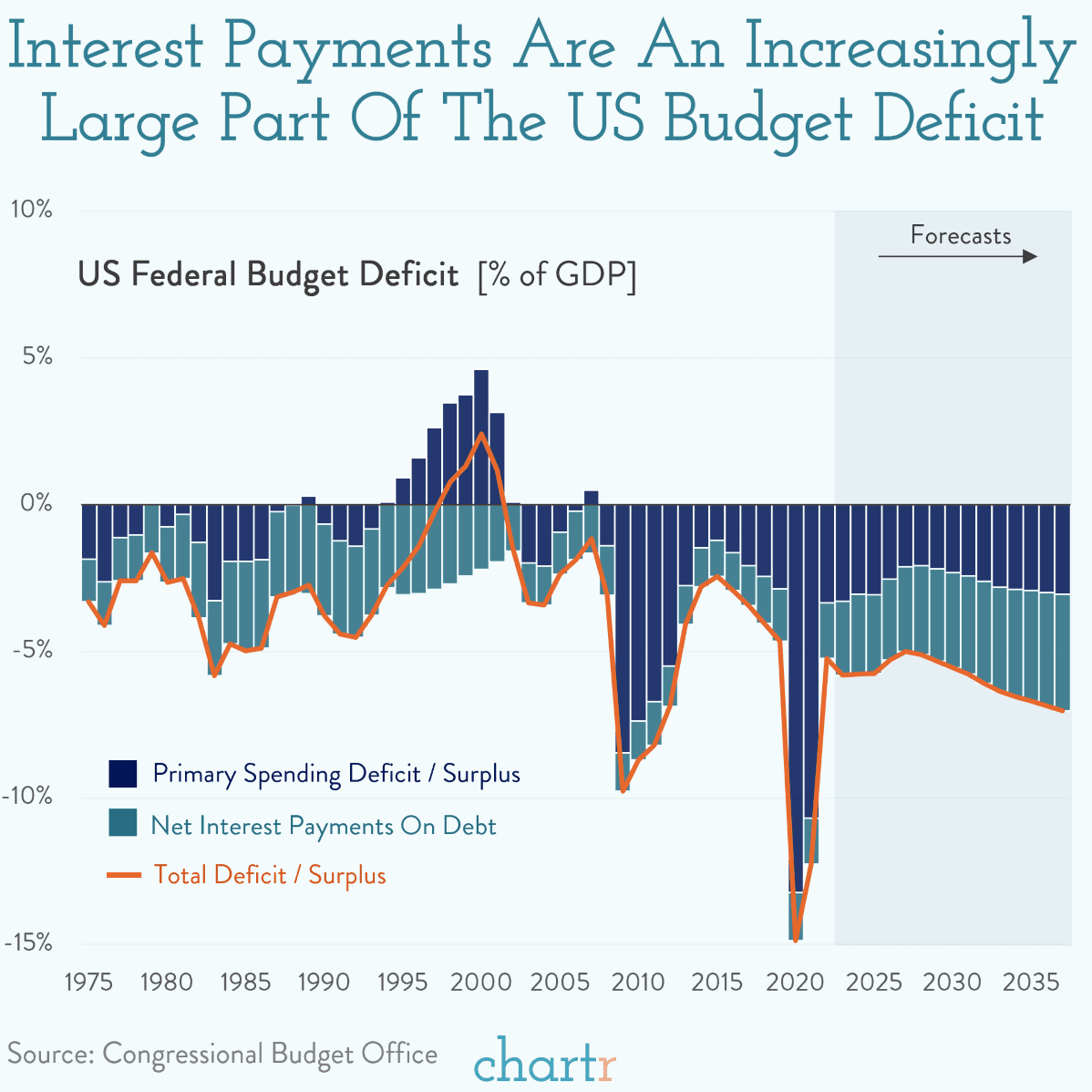In a welcome, albeit expected relief, India’s headline Consumer Price Index (CPI) inflation cooled to 6.8% in October from 7.4% in September, on a year-on-year (YoY) basis. This easing was led by a sharp drop in food inflation, especially for vegetables. Nevertheless, the headline print remained above the 6.0% upper threshold of the Monetary Policy Committee’s medium-term forecast range of 2.0-6.0% for the 10th consecutive month.
The dip points to the beginning of an extended moderation over the next six months on account of a favourable base effect that is set to intensify over this duration. The headline CPI inflation bottomed out at 4.3% in September 2021 and steadily rose to 6.0% by January and further to an eye-watering 7.8% by April. At the current juncture, we expect a broadly significant moderation in inflation to around 5% by April 2023. However, the extent of this moderation is likely to be impacted by several factors, including movements in global commodity prices, potential supply disruptions in perishables and a robust demand for services.
The anticipated base effect-led cooling in CPI inflation is expected to be driven largely by the food and beverages segment, where inflation surged manifold, from 1.6% in September 2021 to 8.1% in April. While trends in the estimated kharif output are mixed across crops, the rabi or winter sowing season has started on a healthy note, aided by healthy reservoir levels, which augurs well for the prospects for output and prices. Nevertheless, the prices of perishable items, particularly vegetables, may remain firm in the immediate term amid rainfall-related disruptions, something that would weigh upon the minds of consumers. However, a high base is likely to limit a hardening in the YoY inflation for vegetables in the remaining months of FY2023.
Additionally, there are concerns around double-digit YoY inflation prints in the cereals sub-group, which has a considerable weight of nearly 10% in the CPI basket. Wheat/atta (non-public distribution system) prices rose by 15.5% between December 2021 and October 2022, following the decline in last year’s rabi output for wheat, owing to the heatwave between March and May. This pushed up the YoY inflation rate in the item to a series high of 17.6% in October. Meaningful relief is likely only after there are signs that the next crop is going to be ample. Likewise, the 6.1% YoY contraction in the rice output estimated for this year’s kharif season, has pushed up the YoY inflation in the food item (non-PDS rice) to double digits in October 2022.
Despite the elevated inflation prints in the cereals sub-group, the extension of the free foodgrain scheme (Pradhan Mantri Garib Kalyan Anna Yojana) till December 31 is likely to have provided a cushion to low-income households. However, the outstanding wheat stocks of 22.7 million metric tonnes (MT) in October is the lowest October level since 2016 and only modestly higher than the requisite buffer norms. While the rabi sowing season for wheat is underway, the output will be available only after March 2023. This is likely to constrain a further extension of the free foodgrain scheme beyond end-December, after which elevated inflation levels in the cereals subgroup might start hurting low-income households. Moreover, if this scheme ends in December, then there may be some upward pressure on market prices in the subsequent quarter.
In addition to food items, a pick-up in inflation in the services segment, which accounts for 23.4% of CPI, poses a concern. The YoY inflation in this segment has been rising gradually since June and stood at 5.6% in October, the highest since February 2019. The prevailing robust demand for services domestically poses risks, given its significant share in the CPI basket, and hence, remains a key monitorable, in our view.
With CPI inflation remaining above MPC’s 6% tolerance level in October for the 10th consecutive month, we believe another rate hike is certain in the December policy review meeting. However, given the moderation in CPI inflation in October and our expectations of a further dip to around 6.0-6.2% in November, we anticipate the size of the hike to be limited to 35 basis points (bps), lower than the 50 bps seen in the last three reviews. The strength of the growth in Indian Gross Domestic Product in Q2 FY2023, the data for which will be released at the end of this month, could also influence the size of the repo hike in the upcoming meeting.
Aditi Nayar is chief economist, ICRA Limited
The views expressed are personal
















